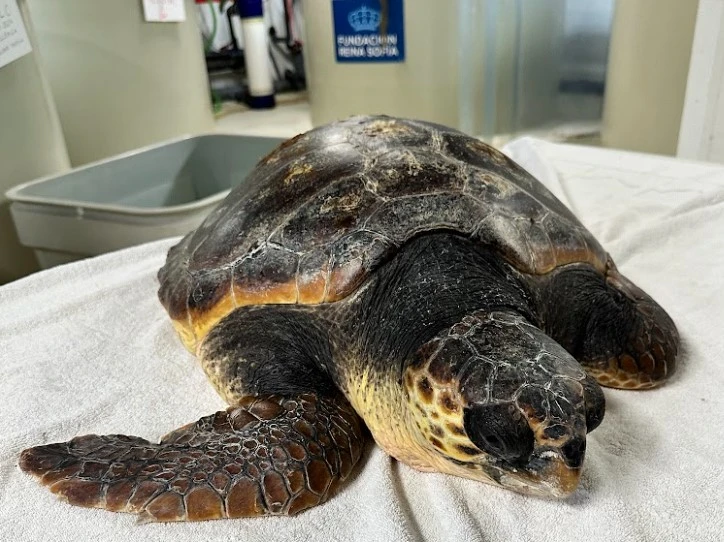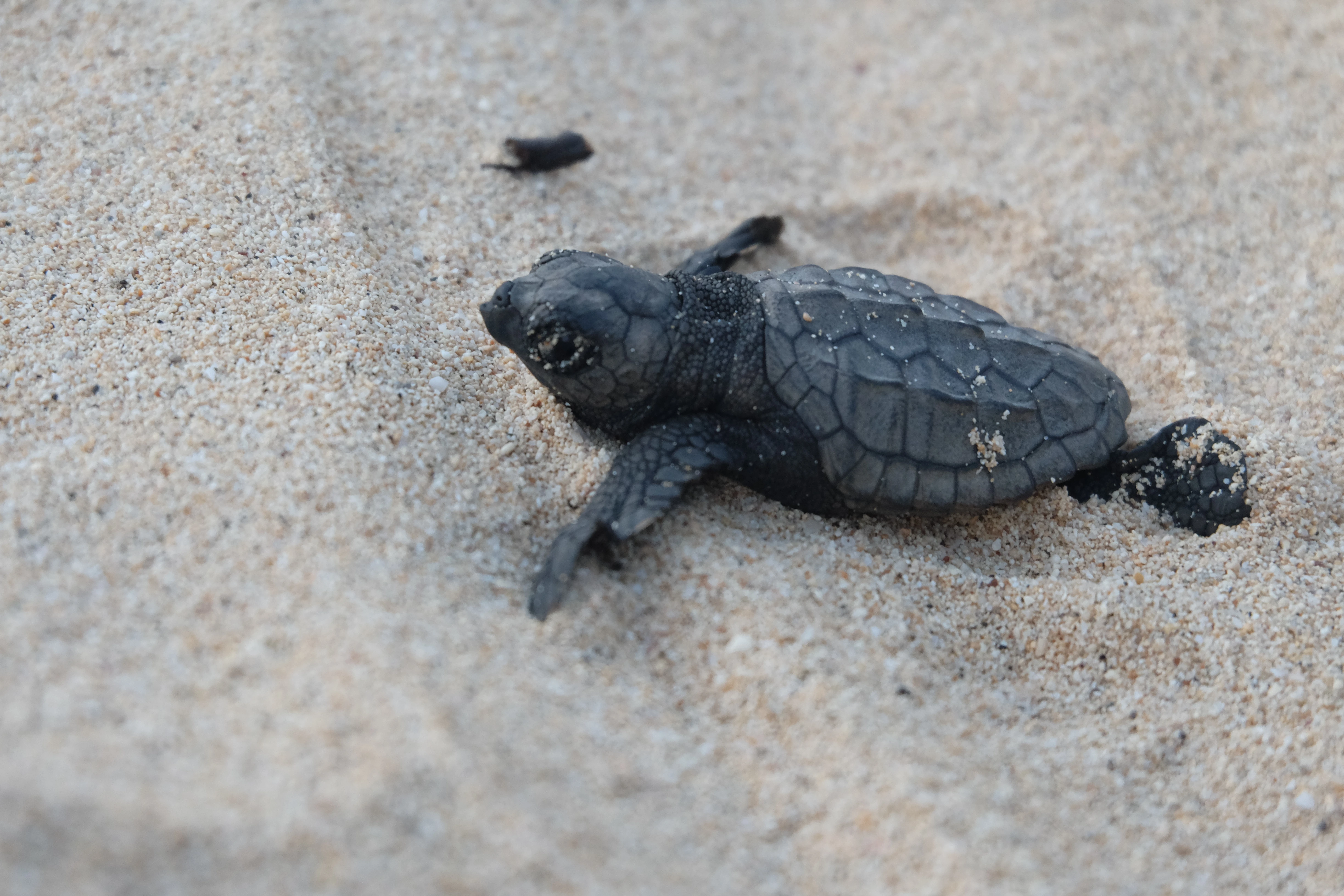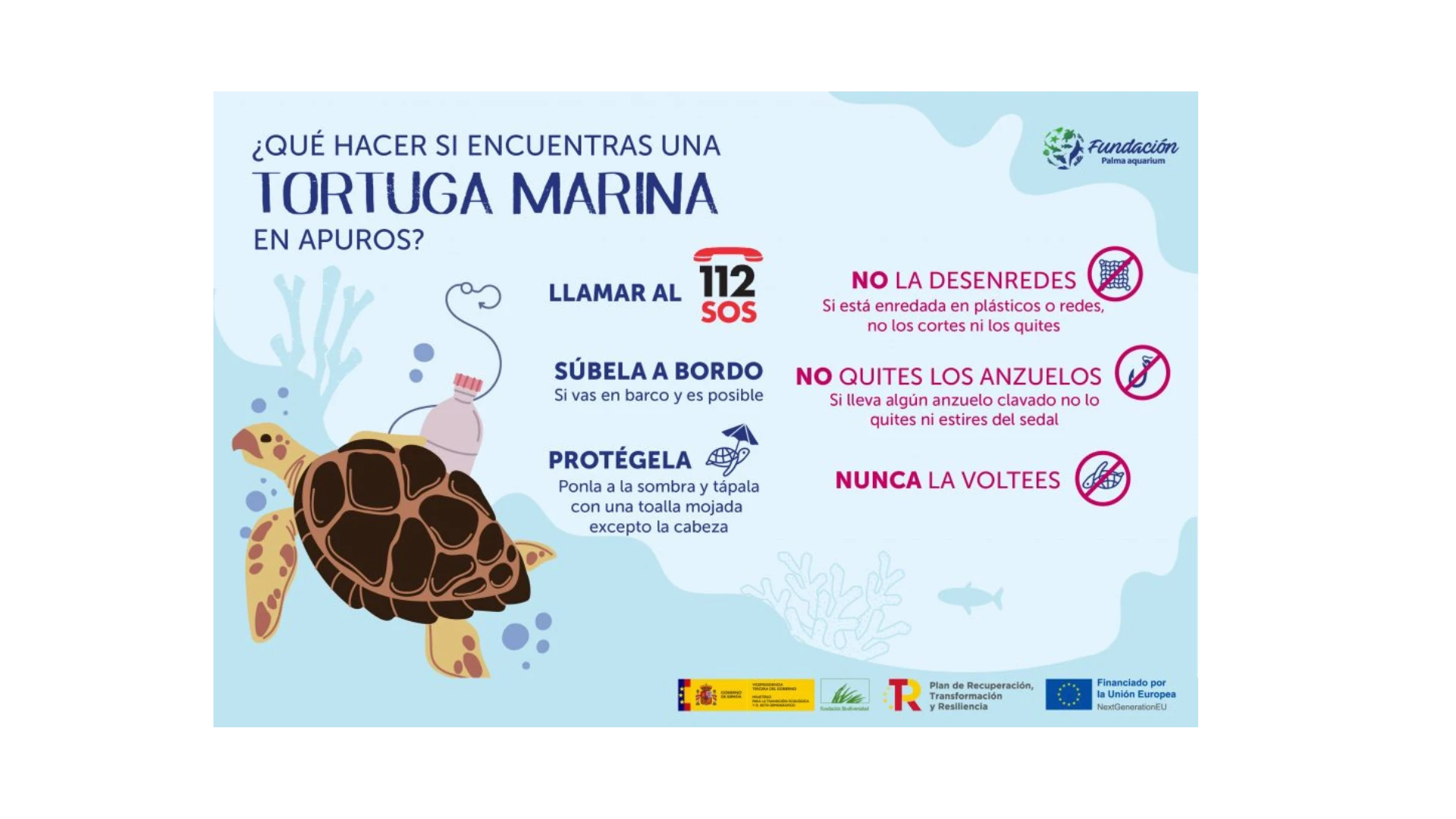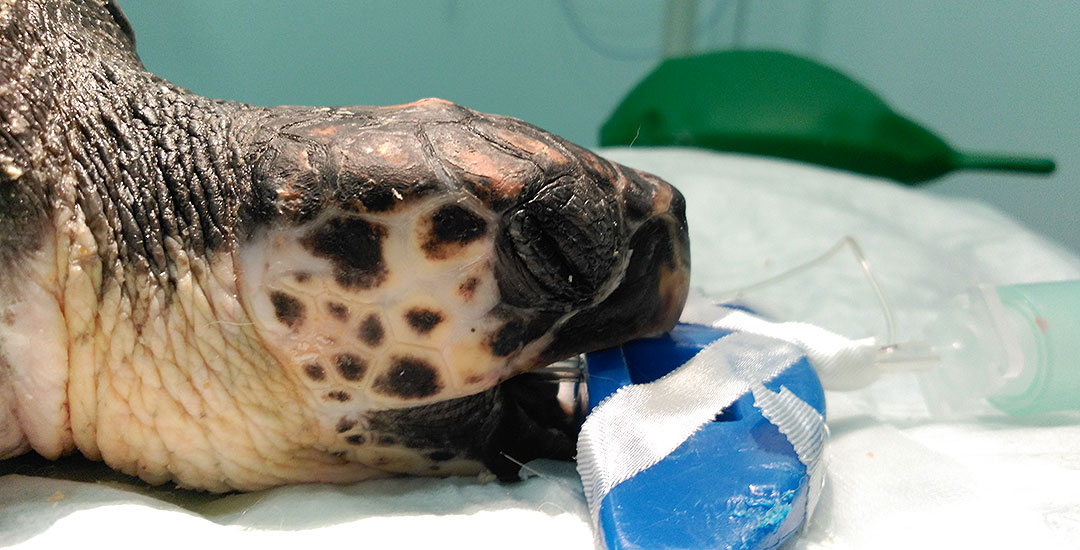-
Who we are?
Who we are?
-
Projects
-
Recovery centre
Recovery centre
- Collaborate
- News

The loggerhead sea turtle (Caretta caretta), the most abundant of all, the green sea turtle (Chelonia mydas), and the leatherback turtle (Dermochelys coriacea).
The Balearic Sea is a major feeding area for juvenile and subadult loggerhead sea turtles. Sea turtles are highly migratory animals. The majority of sea turtles in the Balearic Islands originate from the Atlantic, although specimens from the eastern Mediterranean can also be found.
Despite being the most common sea turtle in the Mediterranean, nesting is restricted almost entirely to the eastern Mediterranean, with major colonies in Cyprus, Greece, and Turkey. Traditionally, along the Spanish coastline, the species has been classified as "non-nesting or occasional". However, due to climate change, nesting events in Spain have increased since 2014: the first loggerhead sea turtle nest in the Balearic Islands was recorded in 2019.
The loggerhead sea turtle is listed as a "vulnerable species" in the Spanish Catalogue of Threatened Species (Ministry of the Environment, Government of Spain, 2010) and as a priority species by the European Union (CITES Appendices). In addition, the global population is listed as "vulnerable" by the International Union for Conservation of Nature (IUCN).
Sea turtles in the waters of the Balearic Islands face serious threats, including entanglement in ghost nets, collisions with boats, accidental fishing with hooks, ingestion of marine debris, climate change, and others.

You should always call 112, the emergency number. The operators will contact the Palma Aquarium Foundation's Marine Fauna stranding network, which in turn, will contact the person with the animal and give the necessary instructions.
It is very important that you DO NOT ATTEMPT TO REMOVE NETS, OR PULL ON YARNS OR ROPES. Although your intentions are good, you may cause more harm than good, potentially even leading to the animal's death. The best course of action is to wait for professionals to arrive.


The Palma Aquarium Foundation collaborates with the La Vileta Clinic and the International Zoo Veterinary Group (IZVG). All specimens receive veterinary care and treatment. Diagnostic tests include blood tests (haematology and biochemistry) and radiological follow-up, with tests repeated until the turtle has fully recovered. If necessary, additional tests (such as ultrasounds, laparoscopy, CT scans, etc.) are conducted to make the correct diagnosis. All turtles receive the treatment prescribed by the veterinary team, and, when required, appropriate surgical interventions are carried out.
The OCEMIB project is supported by the Biodiversity Foundation of the Spanish Ministry for Ecological Transition and the Demographic Challenge (MITECO by its Spanish initials), part of the Recovery, Transformation, and Resilience Plan (PRTR), financed with European Union NextGenerationEU funds.
Once recovered, these turtles are marked with a microchip and/or satellite tag and returned to their natural habitat.

 Collaborate
Collaborate